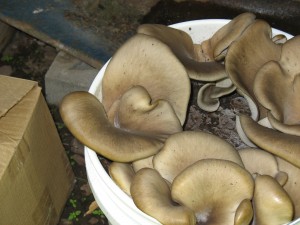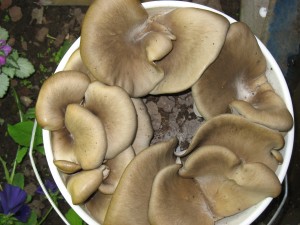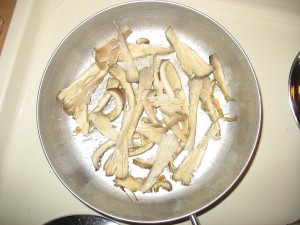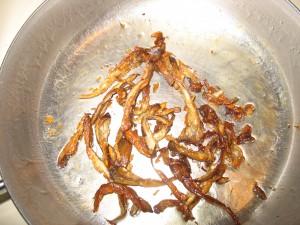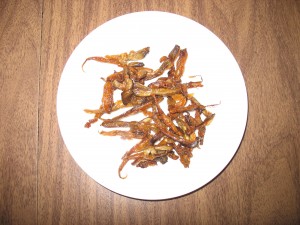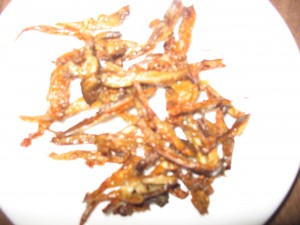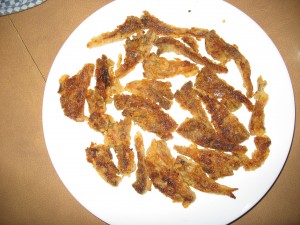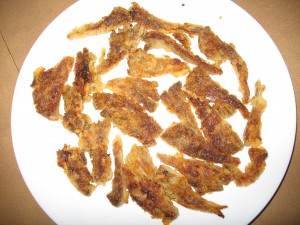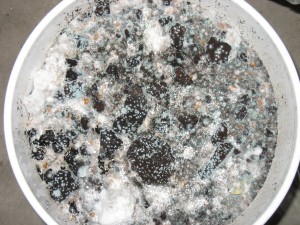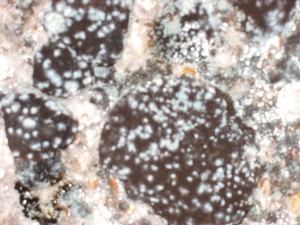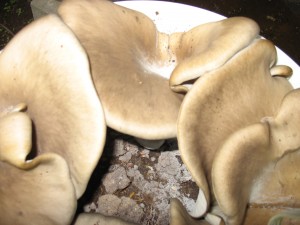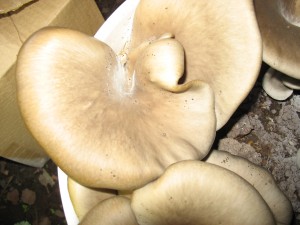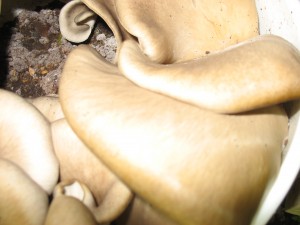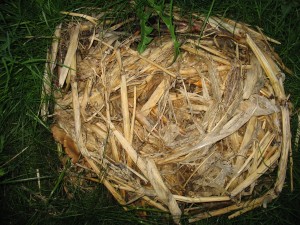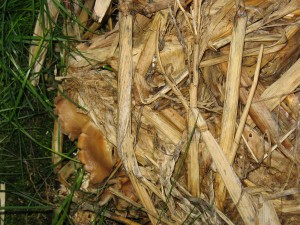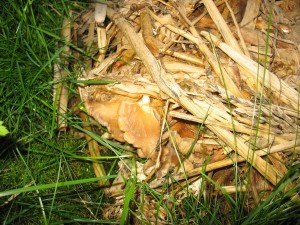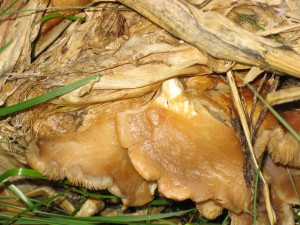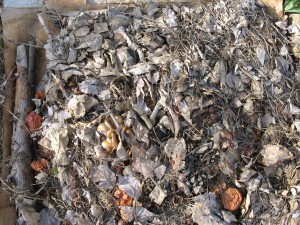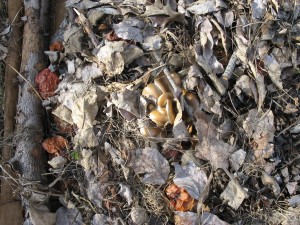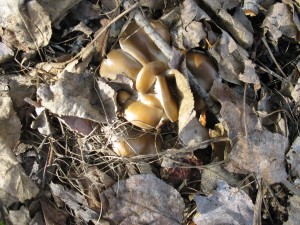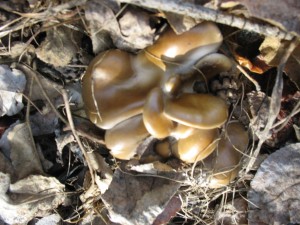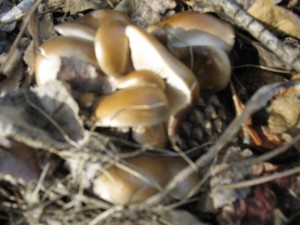This is a guest opinion written in response to an earlier piece on Paul Stamets.
http://www.mtstandard.com/articles/2009/05/15/opinion/hjjajeifhgfgif.txt
Guest opinion: Montana ‘shrooms
By Dean Robbins – 05/14/2009
Ever since The Standard published a Monday Musings column on how great mushrooms are (March 16), I’ve been wanting to add my two cents.
The importance of mushrooms in Montana can be summed up in one word: food! In a state famous for extreme weather and difficult growing conditions, we need mushrooms to produce food in short growing seasons and to lay dormant during dry spells. Mushrooms provide food for soil as a fungus that feeds plants in short, harsh growing seasons and food for people and animals living under the same adverse conditions. Our forests need them for both plants and animals.
Farming in Montana has the most to gain from mushrooms, because of unpredictable weather and marginal soil in most places. Add to this a tough economy and rising operating costs and farmers have it difficult in Montana. Mushrooms can help with extra income as well as food for the family.
They are also very adept at growing on waste and can turn waste into produce. Fungus is very useful at stabilizing, nourishing and helping to optimize the soil, allowing a farmer to produce more from less acreage. Mushrooms are also efficient, producing one pound of fresh mushrooms from every pound of dry wheat straw .They can be a great, cheap domestic food to sell or eat. All of this could help family farms financially and help make waste productive, while reducing run-off.
The forests in Montana have shallow soil and wash very easily. Along with minimal rainfall, insects and short growing seasons, our forests have a rough time recovering from natural disasters and harvesting. Our pristine waters, feeding blue ribbon trout streams as well as our drinking water, need plants to stay clean. Mushrooms, or the fungus that feeds them, stabilize soil, minimizing run-off and helping plants get a foot hold.
The importance of fungus for trees became obvious when growers took bare root pine trees to South America and they all died. It was discovered that the natural fungus these trees need to survive was missing there, and it must be present for them to live.
Mushrooms also thrive on stumps and could become a secondary income from logging operations or beetle kill stumps. Bears eat snowbank mushrooms right out of hibernation, and they are an important source of protein for them when little else is around. Deer and many forest animals also eat mushrooms.
And yes, we lowly humans also love mushrooms. They are an important part of my diet. I learned to hunt mushrooms at the knee of my grandfather, just as my grand- children learn about mushrooms with me. It is a family affair, and we love to gather a safe, wild meal. Traditions that are natural and seasonal are good for the family and important to children. In a time when most everything our youth sees is electronic and commercial, this is an activity that can bring them closer to nature.
I also think it is important to teach our youth survival and how to be self sufficient. Mushrooms can help us with that, too!
— Dean Robbins lives in Bozeman and has long been fascinated with mushrooms. Contact him via e-mail at montanamushrooms@gmail.com and visit his Web site at www.MontanaMushrooms.com.

